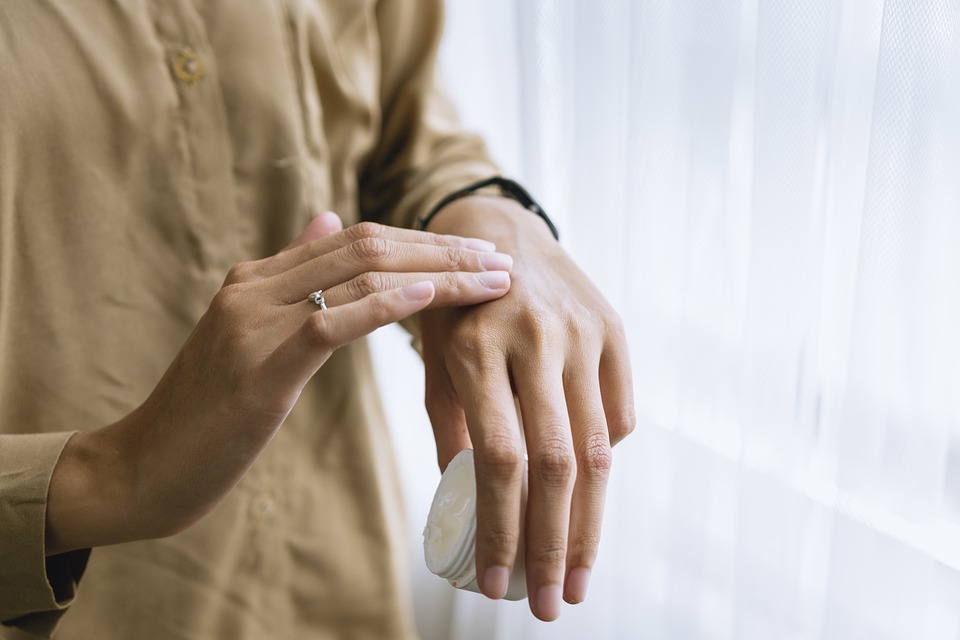As summer approaches and sunbathing becomes a regular activity, questions about sunscreen efficacy and application arise. Even as awareness of the dangers of UV exposure increases, misconceptions about sunscreen persist. This article aims to clarify common myths about sunscreen and provide essential information on how to protect your skin effectively.
Myth 1: SPF 100 Offers Twice the Protection of SPF 50
Debunked: While it may seem logical to assume that SPF 100 offers double the protection of SPF 50, the reality is quite different. SPF (Sun Protection Factor) measures the amount of UVB radiation that penetrates the skin. SPF 50 blocks approximately 98% of UVB rays, while SPF 100 blocks about 99%. Therefore, the difference in protection is minimal, and higher SPF products do not provide an exponential increase in safety. Experts recommend using a broad-spectrum SPF of at least 30, applied generously, and reapplying every two hours, especially after swimming or sweating.
Myth 2: You Only Need Sunscreen on Sunny Days
Debunked: Many people believe that sunscreen is only necessary on bright, sunny days. However, UV rays can penetrate clouds, and up to 80% of UV radiation can reach your skin even on overcast days. Additionally, reflective surfaces, such as water, sand, and snow, can increase UV exposure. To protect your skin year-round, apply sunscreen daily, regardless of the weather or season.
Myth 3: Darker Skin Doesn’t Need Sunscreen
Debunked: While it’s true that darker skin has more melanin, which provides some natural protection against UV rays, this does not mean that individuals with darker skin tones do not need sunscreen. All skin types can suffer from sun damage, premature aging, and an increased risk of skin cancer. The American Academy of Dermatology recommends that everyone, regardless of skin color, use sunscreen to protect against harmful UV rays.
Myth 4: Sunscreen Is Only Needed at the Beach
Debunked: People often associate sunscreen use with beach days or pool parties, but everyday activities can expose you to UV radiation as well. Walking outside, driving, or even sitting by a window can allow harmful rays to reach your skin. Incorporating sunscreen into your daily skincare routine is essential, no matter how long you plan to be outside.
Myth 5: Sunscreen Is Not Necessary in Winter
Debunked: This myth is particularly prevalent in colder climates, but UV rays are still a concern in winter. Snow can reflect up to 80% of UV rays, increasing exposure for those skiing or engaging in winter sports. Just as with summer, applying sunscreen is crucial during winter months, especially when engaging in outdoor activities.
Myth 6: You Don’t Need to Reapply If You Use a Higher SPF
Debunked: Regardless of SPF strength, sunscreen must be reapplied every two hours or immediately after swimming or sweating. Some individuals mistakenly believe that a higher SPF allows for longer intervals between applications, which is not true. Consistent reapplication is key to maintaining effectiveness, ensuring continued protection against harmful UV rays.
Myth 7: Sunscreen Is Only for Summers
Debunked: The idea that sunscreen is only necessary in summer is a common misunderstanding. UV rays are present throughout the year, and prolonged exposure can lead to cumulative skin damage. Incorporating sunscreen into your daily skincare regimen, regardless of the season, is vital for protecting your skin.
Conclusion
Understanding the truth behind these common sunscreen myths can significantly impact your skin health in the long run. By discarding misconceptions and embracing effective sun protection practices, you can enjoy outdoor activities with confidence, knowing you are safeguarding your skin from harmful UV rays. Remember to choose a broad-spectrum SPF of at least 30, apply generously, and reapply regularly—your skin will thank you!
